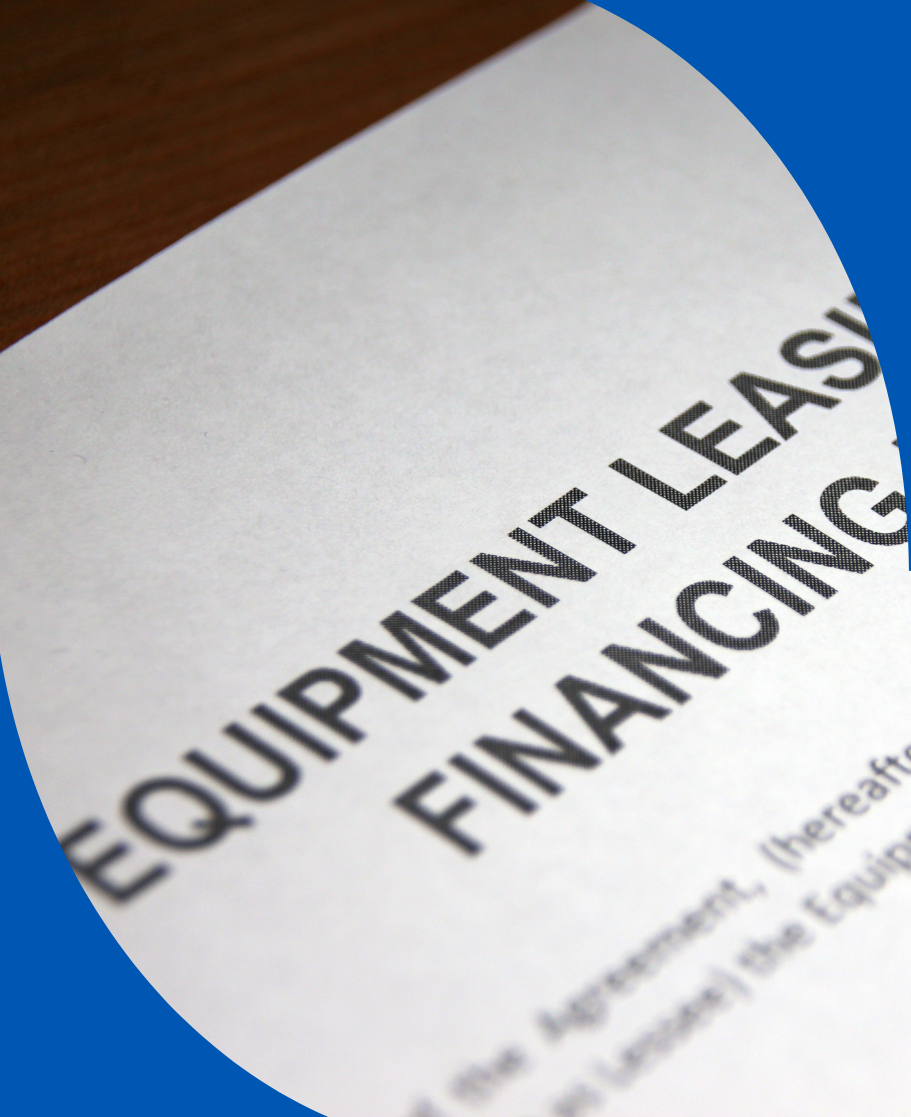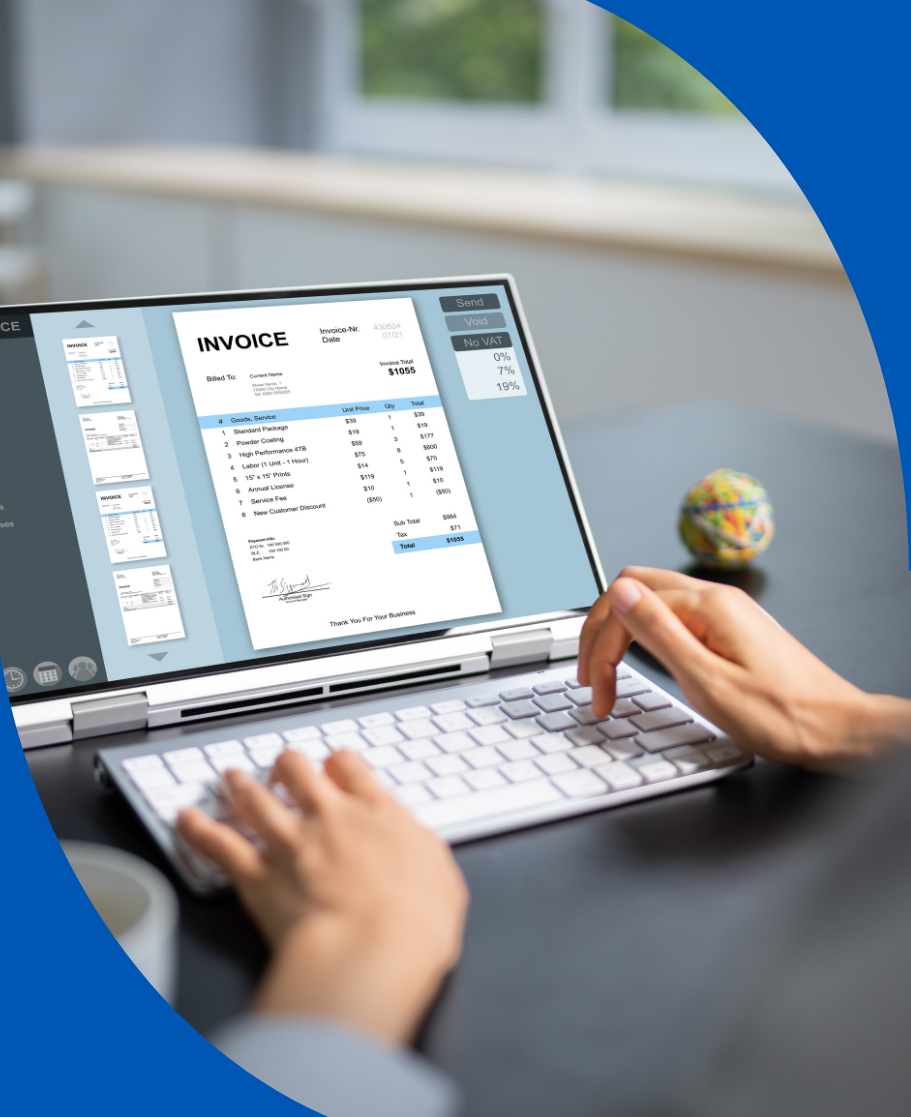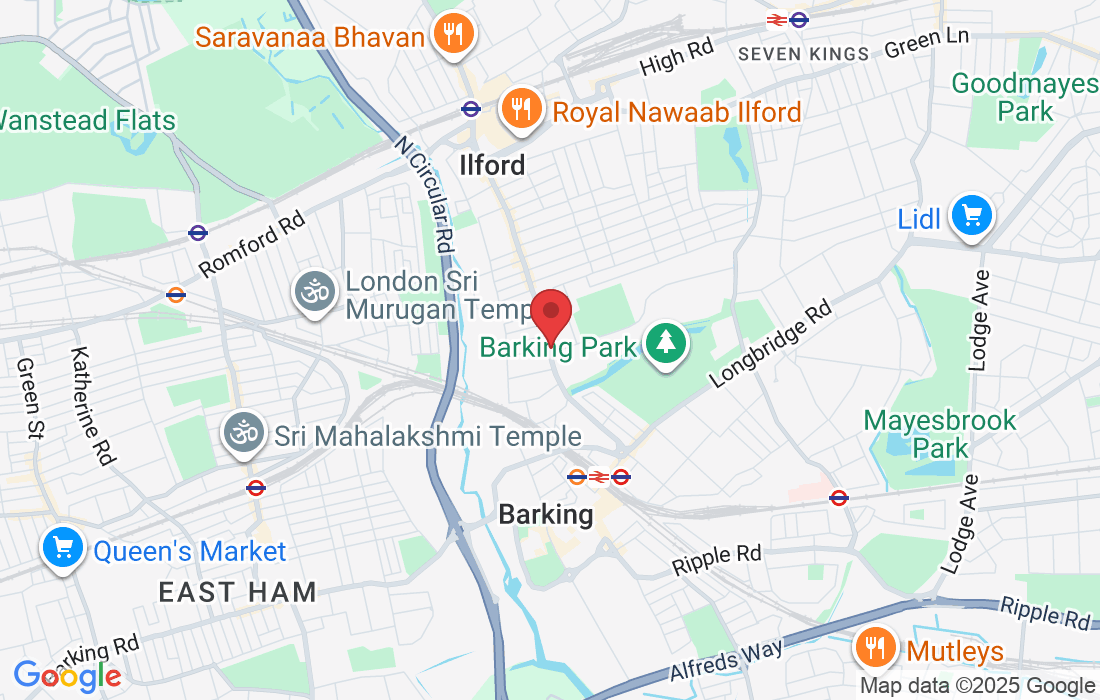
The Complete Guide to Business Loans in the UK (2025 Edition)
Running a small or medium-sized business (SME) in the UK often means balancing growth opportunities with financial challenges. Whether it’s covering payroll, investing in equipment, or funding an expansion, access to the right loan can make all the difference.
But for many SMEs, securing funding isn’t easy. Traditional banks are often slow, require heavy paperwork, and apply rigid criteria that exclude many growing businesses. That’s why more SMEs are turning to specialist lenders and finance marketplaces that offer faster approvals and more tailored solutions.
This guide breaks down everything UK business owners need to know about loans in 2025. From the different types of funding available, to eligibility criteria, application steps, and the pros and cons of borrowing — it’s your complete handbook to SME finance this year.
At Funding Freddie, we act as your friendly adviser, helping you navigate the funding landscape. With one simple form, you can compare offers from multiple FCA-authorised lenders and secure the capital you need — often within days.
Let’s dive in.


What is a Business Loan?
A business loan is a type of finance specifically designed to help businesses cover costs, manage cash flow, or invest in growth. Unlike personal loans, which are based on individual credit and income, business loans are tailored to the unique needs and performance of a company.
Why SMEs in London Choose Funding Freddie
A business loan is any agreement where a lender provides money to a company, with the expectation of repayment plus interest. This includes traditional bank loans, alternative SME funding, and even options like invoice factoring or equipment finance.
How Business Loans Differ from Personal Loans
Personal loans are granted to individuals and usually capped at smaller amounts. Business loans, on the other hand, are designed for commercial use and can range from £50,000 to £500,000 or more, depending on the business profile. They may also consider factors like turnover, trading history, and industry.




Why SMEs Use Business Loans
UK SMEs typically seek loans to:
Smooth out cash flow (e.g., paying staff while waiting on invoices)
Invest in new equipment or technology
Expand into new locations or markets
Cover seasonal peaks in demand
In short, a business loan isn’t just about survival — it’s about giving your company the resources to grow.
Types of Business Loans in the UK (2025)
There’s no single “business loan.” Instead, SMEs have access to a wide variety of funding products, each designed to solve different financial challenges. Here’s a breakdown of the most common loan types available to UK businesses in 2025.

Working Capital Loans UK
A working capital loan provides short-term funding to cover everyday expenses. It’s ideal for businesses that need a quick boost to manage payroll, pay suppliers, or bridge cash flow gaps.
Best for: Retailers stocking up for seasonal peaks, cafés managing supplier invoices, or SMEs covering bills during slower months.
Example: A London retailer used a £25,000 working capital loan to buy Christmas stock in bulk, ensuring shelves were full ahead of peak demand.

Expansion Loans UK
Expansion loans fund long-term growth projects such as opening new premises, hiring additional staff, or launching new product lines. These loans often have longer repayment terms to match the investment horizon.
Best for: Restaurants opening a second branch, logistics firms expanding into new regions, or startups scaling operations.
Example: A Birmingham logistics company secured £200,000 through an expansion loan to open a new depot, doubling its delivery capacity.

Equipment Financing
Equipment financing helps SMEs purchase or lease machinery, tools, or technology without draining cash reserves. Repayments are spread over time, making it easier to upgrade without large upfront costs.
Best for: Construction companies buying machinery, restaurants upgrading kitchens, or offices investing in IT systems.
Example: A Leeds restaurant financed £50,000 in new kitchen equipment, boosting capacity by 40% while keeping cash flow healthy.

Invoice Factoring UK
Invoice factoring unlocks the value of unpaid invoices by selling them to a lender at a discount. This provides immediate access to cash and smooths out long payment cycles.
Best for: Agencies, contractors, and B2B businesses dealing with clients who take 30–90 days to pay.
Example: A Manchester creative agency factored £75,000 in invoices to free up cash for staffing on a large project.

Commercial Property Loans
These loans provide capital to purchase, refinance, or renovate commercial property. They usually involve larger amounts and longer repayment terms, often secured against the property itself.
Best for: SMEs purchasing new premises, landlords refinancing existing properties, or growing businesses investing in long-term assets.

Government-Backed Schemes
In 2025, government-backed support schemes remain a key funding option. The British Business Bank continues to deliver initiatives like the Growth Guarantee Scheme, helping SMEs access loans with government backing to reduce lender risk.
Best for: SMEs struggling to access traditional loans but with a solid business plan and growth potential.

Alternative Funding Options
Beyond traditional loans, many SMEs now turn to alternative finance. Options include:
Crowdfunding (raising money from a large pool of small investors).
Merchant Cash Advances (repayments based on card sales).
Peer-to-Peer Lending (borrowing from individual investors via platforms).
These options are often more flexible but may come with higher fees. They work best for businesses with strong customer demand but less traditional financial records.
Example: An online e-commerce brand raised £80,000 via crowdfunding to launch a new product range.
Business Loan Eligibility Criteria
Every lender has their own requirements, but most UK business loans share common eligibility criteria. Understanding these upfront can save time and help you prepare a stronger application

Trading History Requirements
Most lenders prefer businesses with at least 6–12 months of trading history, as it shows stability and financial performance.
Traditional banks may require 2+ years of accounts, while alternative lenders are often more flexible.
💡 Tip: If your business is newer, you may still qualify for startup-friendly products like government-backed loans or invoice factoring.

Turnover & Cash Flow Considerations
Lenders assess whether your business generates enough revenue to cover repayments.
This doesn’t mean you must be highly profitable, but lenders want reassurance you have steady cash flow.
They may ask for recent bank statements or management accounts to understand your financial health.
Businesses with seasonal fluctuations can often still qualify, provided they can show consistent demand.

Credit Score Impact
Both your business credit score and sometimes your personal credit history play a role in loan decisions. A poor credit score won’t automatically disqualify you, but it may limit your options or increase interest rates.
💡 Good news: Funding Freddie only uses a soft search to check eligibility, so applying won’t harm your credit score.

Industry Restrictions
Some lenders avoid high-risk sectors such as gambling or speculative investments. However, most industries — from retail and hospitality to logistics, construction, and tech — are eligible for SME loans.
If your business operates in a niche sector, it’s best to use a marketplace like Freddie to connect with lenders who specialise in your field.

How to Apply for a Business Loan in the UK (Step by Step)
Applying for a business loan may feel overwhelming, but breaking it into simple steps makes the process straightforward. Here’s a clear roadmap SMEs can follow in 2025.
Pros and Cons of Business Loans
Like any financial product, business loans come with both advantages and drawbacks. Understanding these helps you make an informed decision.
The Pros
Access to Capital
Loans provide immediate funding to cover expenses, seize opportunities, or support growth.
Flexibility
Different loan types — from working capital to equipment finance — allow SMEs to tailor borrowing to their exact needs.
Builds Credit History
Successfully repaying a business loan can strengthen your company’s credit profile, making future borrowing easier.
Retain Ownership
Unlike equity investment, loans don’t require giving up a share of your business. You stay in control.
Example: A small retailer used a £30,000 loan to refurbish their shop, boosting sales by 25% while keeping full ownership of the company.
The Cons
Interest Costs
Borrowing always comes at a price. Interest and fees can add up, especially for higher-risk businesses.
Repayment Pressure
Monthly repayments must be met regardless of business performance. Poor planning can strain cash flow.
Eligibility Criteria
Not all SMEs qualify. Startups, businesses with weak credit, or those in high-risk sectors may face limited options.
Risk of Overborrowing
Taking on more debt than your business can sustain may lead to financial difficulties.

Common Reasons Applications Get Declined
Even strong businesses sometimes face loan rejections. Understanding why this happens can help you prepare a better application and improve your chances of success.
💡 Tip: Only borrow what you truly need, and ensure repayments fit within your cash flow projections.


How Much Can SMEs Borrow in 2025?
The amount you can borrow depends on your business profile, turnover, and funding purpose. Most SME loans in the UK fall between £50,000 and £500,000.
Smaller loans (£50k–£100k): Common for working capital, stock purchases, or short-term cash flow support.
Medium loans (£100k–£250k): Often used for equipment finance, recruitment drives, or expansions.
Larger loans (£250k–£500k): Typically linked to major investments such as new premises, large-scale growth projects, or refinancing existing debt.
Factors that influence how much you can borrow include:
Turnover → higher revenues can support larger loans.
Trading history → longer track records increase lender confidence.
Creditworthiness → stronger credit profiles usually unlock larger amounts at better rates.
💡 Tip: Even if you only need a small loan today, borrowing responsibly and repaying on time can build your credit profile and increase borrowing power in the future.



How Funding Freddie Makes Business Loans Simple
Traditional bank loans are often slow, restrictive, and packed with paperwork. Freddie was created to make business funding faster, fairer, and easier for SMEs.
Here’s how Freddie helps:
One Form, Multiple Lenders
Instead of applying to banks one by one, you complete one quick form. We then connect you to multiple FCA-authorised lenders who compete to offer you the best deal.
Faster Approvals
Many SMEs receive approval in as little as 24 hours, with funds available in 48–72 hours. No more waiting weeks for decisions.
Tailored Funding
From cafés and shops to tech startups and logistics firms, Freddie matches your business to lenders who understand your industry.
Safe & Secure
We only work with FCA-authorised lenders. Your data is protected with encryption, and your credit score isn’t affected by checking eligibility.
No Obligation
Exploring your options is free. You’re never forced to accept an offer — the choice is always yours.
Example: A family-run restaurant in London secured £50,000 in equipment financing through Freddie. The process took 48 hours from application to approval, helping them upgrade their kitchen and boost efficiency without draining cash reserves.
With Freddie, applying for funding isn’t just easier — it’s smarter.
Conclusion
Business loans remain one of the most powerful tools for SMEs in 2025. They provide the capital needed to grow, manage cash flow, and invest in opportunities. But navigating the loan landscape alone can feel overwhelming.
That’s why Freddie exists: to guide you through the process with clarity, speed, and trust. With one form, you can compare lenders, review tailored offers, and choose funding that fits your goals — all without obligation and without harming your credit score.
Whether you need £50,000 to cover cash flow, £100,000 to expand, or £500,000 to invest in property, Freddie connects you with FCA-authorised lenders who are ready to support your business.
Your growth story starts here.
Address: Ilford Lane, Ilford, England, IG1 2SN
Email: [email protected]
Phone: 0741 410 7585
Opening Hours: Available 24/7 to answer your questions and guide you.
You can also complete our online eligibility form anytime, 24/7
Funding Freddie is a trading name of Digital Success Blueprint Ltd. Registered in England and Wales. Registered address: 411 Ilford Lane, Ilford, England, IG1 2SN.
Funding Freddie is not a lender. We act as an introducer, connecting SMEs with a panel of carefully selected FCA-authorised lenders. All loan agreements are made directly between the applicant and the lender.










